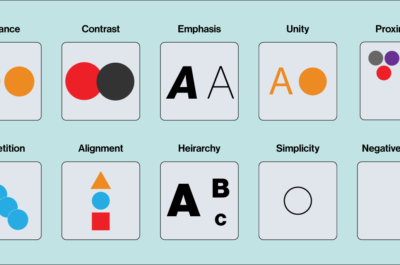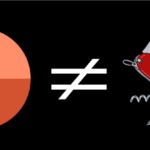Does your brand really need to be managed? The short answer is an emphatic yes!
A brand is so much more than just a logo. The totality of a brand encompasses everything that represents a business in the eyes of customers, employees, partners, shareholders, investors, and the public. In other words, everyone that may interact with your business in any way. Beyond just a logo, a brand includes colors, fonts, styles, graphics, photos, social media, advertising, messaging, press releases and more.
More importantly, it’s essential to understand that, over time, everything above (and much more) combines to create a brand story. You might hear this referred to as a brand image, brand narrative, or other terms, and to be absolutely clear, it is not the same as marketing. Marketing is best thought of as a set of strategies and tactics that helps tell the brand story, and ideally supports the sales department or, in the case of nonprofits, the development department. Think of marketing in terms of a movie. You would not say that the script, or any other component, is the movie. A crucial component yes, but not the movie itself.
So, what about the cats?
Most large organizations enjoy the benefit of a communications, brand, or design director. But for small to medium sized businesses (SMBs), including nonprofits, this is often not the case. One of the most common problems we have seen over the years is that as many SMBs grow, the brand gets diluted and ultimately ends up out of control.
As new employees are added, new departments or programs created, new branches opened, the brand assets (graphics, logos, photos, etc.) grow and evolve as well. Unless managed, team members often end up wandering off in their own design direction. Kind of like cats. For example, a new hire might create a flyer with a design program like Canva (please, no!) that does not exactly conform to brand colors. A long-time employee might still be using an older logo version in their email signature. A program manager might refer to another program or service by a slightly different name. Trendy new social media platforms might be adopted by one department and not others, only to eventually be abandoned and left idle.
Leadership will eventually realize there is a problem, but by then it’s too late. The cats are free, and it isn’t easy to get them back in the house!
That’s why brand management is essential. Ideally, it should be in place even before the business begins operations. The longer it goes unattended, the harder it is to get things back on track. Consistency suffers, employees go rogue with their own design ideas, and the brand story loses its clarity and effectiveness.
With that in mind, here are our top 5 recommendations for managing a brand at any stage of the business life cycle:
- Guidelines: First, make sure you are clear on what the branding is. Create a document that contains guidelines for colors, fonts, typography, logo usage, tag lines, messaging guidelines, tone and whatever else represents the brand. Distribute this to all team members and store it in a shared online storage space that everyone can access.
- Assets: Put all your brand assets in an organized, clearly named, and easy to access storage space as well. This includes all the needed versions of your logo (jpeg, png, eps, full color, grayscale, reverse, different sizes, with and without tagline, etc.), standard graphics, templates, letterhead, flyers, brochures, brand guidelines, and so on.
- Management: Nothing should go out to the public without being first reviewed by a brand manager. Everything needs to be proofread, checked for adherence to guidelines, technical needs checked (print specs, web specs, third party requests, etc.) and a process needs to be created to make sure this all happens.
- Buy-in: All employees from the leadership to the interns to any external consultants must be aware of and agree to abide by the established brand guidelines and review process before anything is released.
- Maintenance: Over time, new logos are created, styles change, program and department needs evolve, photos become inappropriate, and so on. In short, things change. Team members should be advised to no longer use items that are dated, and old assets should be archived so they can no longer be accessed by accident. Assets need to continually be organized and clutter reduced.
As you can imagine, a lot more can be said about this topic. Hopefully, this short article at least helps you think about the importance of brand management. Unless, of course, you enjoy the challenge of herding cats!






